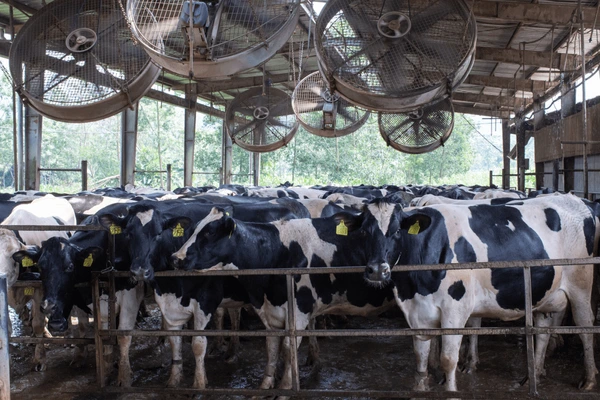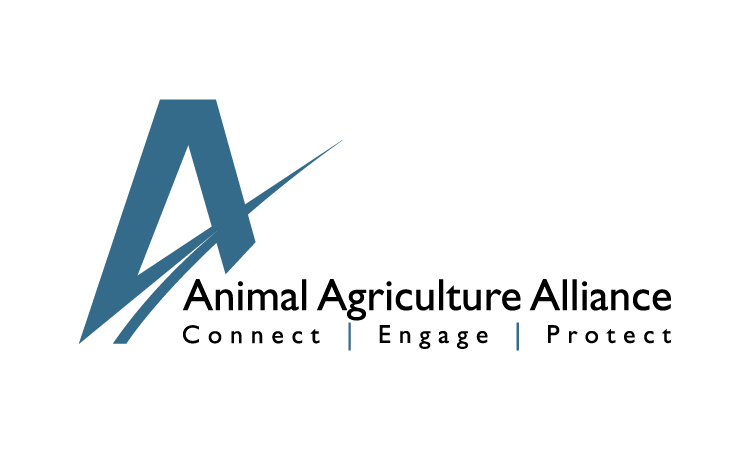Summer is often characterized by a few common things: the smell of freshly cut grass, splashing in a pool, or eating meat off the grill. There’s also one undeniable factor about the summer: it can get hot. Not only do we have to endure the heat, but our animals do too. Keeping animals cool throughout the summer months is no easy task, but it is crucial for animal care and comfort. Here are a few ways farmers and ranchers are working to ensure livestock and poultry stay safe and cool in the summer heat:
1. Provide plenty of shade and water
The summer weather and heat can be great for outdoor activities like relaxing at the beach, but direct exposure can be harmful to livestock and poultry. Any and all livestock species need reliable shade throughout the day, especially during the hottest hours of the day which are known as “peak heat hours.” Natural shade from trees is great but some farmers take it a step further by adding other shade structures— like shade cloths or portable shelters – to keep their animals cool.
Alongside shade, farmers provide clean and cold water to help animals regulate and cool down their body temperature. Dehydration could lead to severe illness or heat stress. Farmers make it a priority to check water troughs throughout the day, especially during heat waves, making sure they’re always filled with clean water. A helpful tip that farmers use for keeping water cool is to place the trough in a shaded area.

2. Implement cooling methods
Each species of livestock is different, and each of them has varying levels of heat tolerance. No matter the animal, they all benefit from some form of cooling. For animals housed indoors, farmers can install fans to improve airflow and limit hot air that would build up. In humid environments, sprinklers are most effective in lowering animal body temperature.
3. Limit working with animals during the day
During “peak heat” hours, handling livestock and poultry can lead to unnecessary stress and make them more susceptible to heat-related illnesses. Farmers and livestock handlers try to minimize completing tasks during the day that require high animal activity, like vaccinations, pen cleaning, or hoof trimming, if possible. These tasks are often done early in the morning or later in the evening when temperatures are cooler outside. Planning their animal’s daily schedule around the heat be a proactive way to ensure that heat stress does not happen.
4. Watch for signs of heat stress
Heat stress in animals can often develop quickly. Anyone who works with livestock makes it a priority to look for signs of heat stress in animals, which can include excessive panting, drooling, high respiration rate, or decreased feed intake. If the case of heat stress is severe, farmers may notice the animal lying down and becoming unresponsive. If this is the case, it is a clear indication that immediate intervention is needed, and the animals need to be cared for right away. The best way for farmers to remedy this is to immediately move affected animals to a shaded area, provide them with fresh water, and if the symptoms continue, for them to contact a veterinarian immediately.
Summer can be one of the most productive seasons within agriculture, but it comes with added challenges in animal care for the farming community. By providing adequate shade and water, limiting animal stress throughout the day, using cooling methods, and staying aware of signs of heat stress, livestock handlers can ensure that their animals will stay cool and safe in the summer heat.
All posts are the opinion of the author and do not necessarily represent the view of the Animal Ag Alliance.







